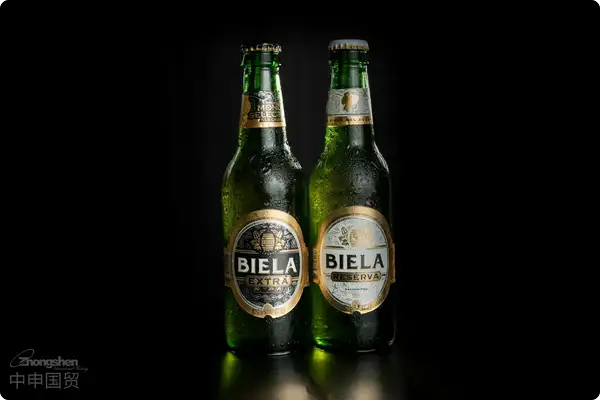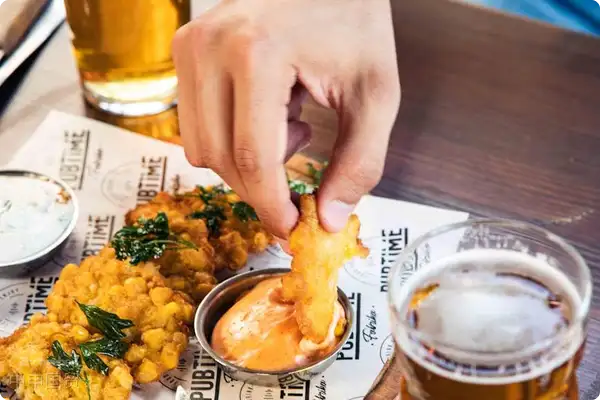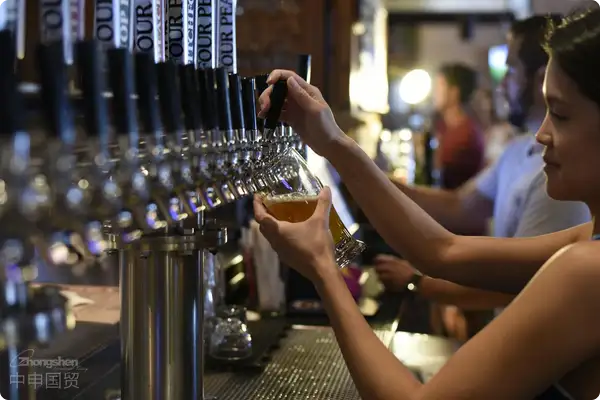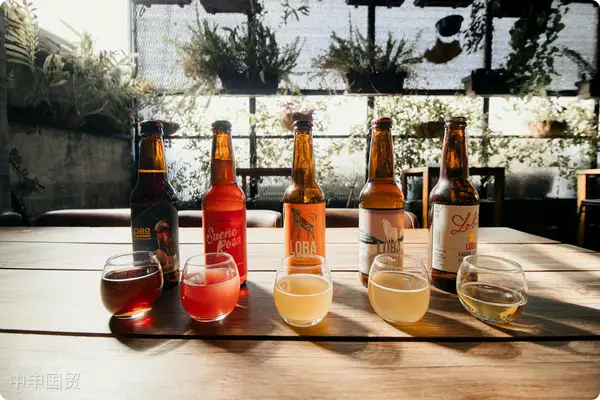- Shanghai Zhongshen International Trade Co., Ltd. - Two decades of trade agency expertise.
- Service Hotline: 139 1787 2118

When German beer meets Chinese customs: Those details agents wont tell you
Having handled over 400 German beer import cases, I found 85% of first-time importers stumble onOriginal factory authorization trapsandProduct classification errors. Last year, an e-commerce platform mistakenly classified HS codes, resulting in a whole container of beer being levied 65% anti-dumping duty, directly losing 230,000 yuan.
Triple verification rules for import qualifications
- Verification of Manufacturers Qualifications: Require provision of BRCGS certification (Global Food Safety Standard) and German Beer Purity Law compliance certificate
- Agent authority confirmation: Pay special attention to regional protection restrictions in exclusive agency clauses
- Pre-approval of Chinese labels: 2025 new regulations require alcohol content to be labeled with Chinese 度 instead of °,
Hidden variables in cost calculation
Taking the import of 5,000 cases (330ml*24) as an example, special attention should be paid beyond visible costs:
- Seasonal surcharge: Q4Maritime TransportationPeak season surcharge: $1200-1800 per container
- Cold chain fluctuation cost: 10% temperature control deposit required for summer transportation
- Damage rate reserve: Recommend reserving 3% of cargo value as insurance for glass bottle transportation
Decision points for transportation solutions
- Full - container - load (FCL) by sea: Suitable for clients with monthly sales exceeding 2,000 cases, note 40HQ container actual loading capacity is approximately 3,800 cases
- China-Europe Railway Express: Transit time reduced to 18 days, but vibration breakage rate is 2.7 times higher than sea freight
- Air TransportationEmergency orders: Only recommended for new product trial periods, costs up to 12 times sea freight
The golden triangle of product selection pitfalls
- Avoid museum beers: Some traditional craft beers actually exceed 5.5% ABV and are taxed as distilled spirits
- Be cautious with seasonal limited editions: Special spices in Christmas beers may trigger plant quarantine procedures
- Note packaging iterations: Starting 2025, canned beers require separate aluminum recycling certification
Practical techniques for customs clearance efficiency improvement
Last year assisted a chain bar with emergency replenishment usingthree-stage declaration method, reducing clearance time to 72 hours:
- Upload electronic health certificates simultaneously during pre-declaration
- Complete label filing pre-review before cargo arrival
- Utilize AEO certified enterprise channel for priority inspection
A cautionary tale from a craft beer importer: Their Berlin wheat beer purchase contained undisclosednettle leaf ingredients, requiring endangered species certification from customs, resulting in 20-day port detention and 80,000 yuan additional costs. This reminds us that niche products require more thoroughingredient traceability.
Five essential clauses for cooperation negotiations
- MOQ (Minimum Order Quantity) flexibility clause: Allow ±15% quantity adjustment
- Quality dispute resolution: Clearly define third-party inspection agency selection rights
- Intellectual property guarantee clause: Special prevention against design patent infringement risks
- Force majeure extension clause: Covering risks specific to German brewing industryHop shortage compensation mechanism
- Port demurrage liability allocation clause: Defining responsibility for customs clearance delays
From a 20-year industry observation perspective, I recommend new entrants adoptthe 30-30-30 procurement strategy: 30% basic products to ensure cash flow, 30% trending products to gain traffic, 30% customized products to build barriers, with the remaining 10% budget reserved for unexpected compliance risks. This dynamic balance model has helped 27 startups achieve profitability in their first year.
Related Recommendations
Category case
Contact Us
Email: service@sh-zhongshen.com
Related Recommendations
Contact via WeChat

? 2025. All Rights Reserved. Shanghai ICP No. 2023007705-2  PSB Record: Shanghai No.31011502009912
PSB Record: Shanghai No.31011502009912









